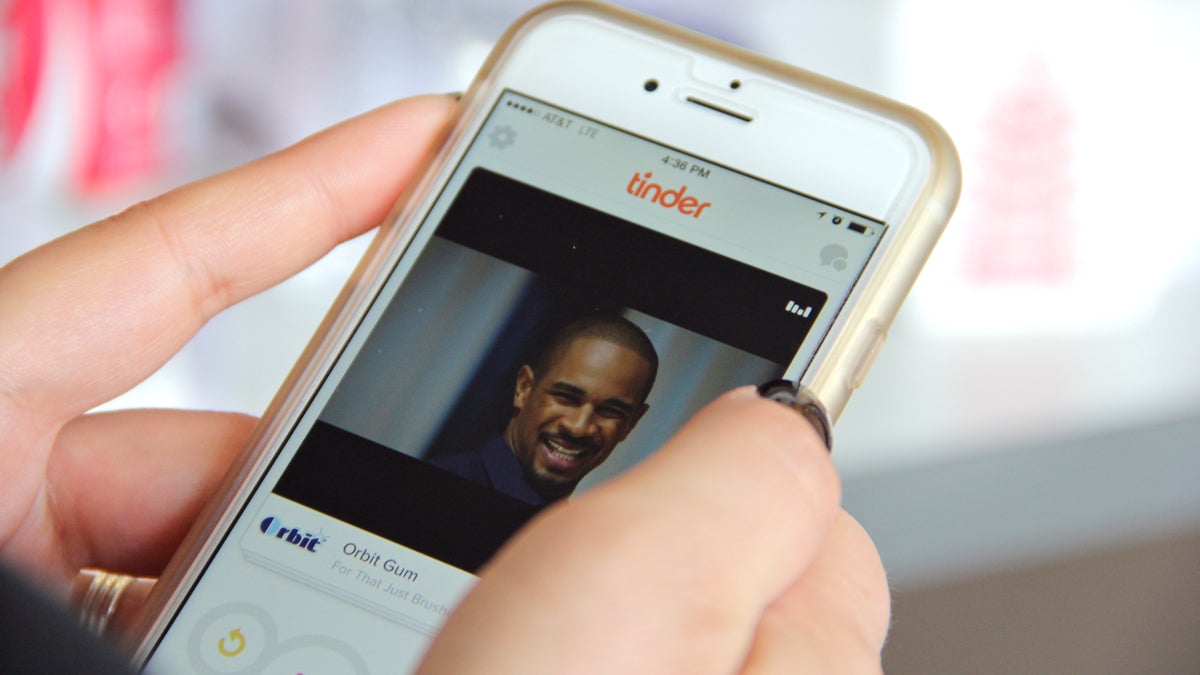Public health carefully swipes its way onto hook-up app users’ screens
Listen
Orbit gum apparently knows how to reach its customers as they browse for connections. The question is
The art of getting folks info on safe sex when it counts most.
If you’re in the mood for love or lust, a like-minded person is probably just a click or swipe away.
But public health officials are linking hooking-up apps with a spike in sexually transmitted diseases. Just one example is the ten percent rise in syphilis cases among men between 2012 and 2013 (the most most recent nationwide data available).
Public health experts are trying to keep up with constantly changing and evolving technologies to get their message out about safe sex and testing for sexually transmitted diseases.
Dan Wohlfeiler, a researcher at the University of California, San Francisco, has been working on HIV and STD prevention since the late 1980s. He says apps can make it easier to transmit STDs.
“Sites can make it a lot more efficient to find a partner,” says Wohlfeiler. “You don’t have to wait till the weekend, you don’t have to go to a party or a bar to find a partner.”
But they also provide a powerful prevention tool.
“One thing the sites can do is get information out there incredibly efficiently and quickly, and at a much lower cost than billboards, or bus shelters or broadcasting a message,” he says.
That proximity brings potential peril, in the shape of access to partners carrying STDs.
Wohlfeiler explains that it’s a challenge most app owners are confronting, “One thing that obviously the sites can do is get information out there incredibly efficiently and incredibly quickly.”
He said that site and app owners have been willing to work with public health experts. For the last World AIDS Day, Wohlfeiler said apps drove 30,000 people to sites that provide information about testing by putting up banner ads.
There are many different techniques and strategies in play, he adds. “Being able to search…for a partner to see if they’re interested in also having safe sex and using condoms, is really useful from a public health point of view.”
Public health messages can be tailored to the individual, too, allowing people to decide the frequency of pop-ups reminding them to get tested for STDs is one way to keep their attention.
“If the technology comes across as sending out spam, people aren’t going to want it,” says Wohlfeiler. “The trick is to give people the power over the technology, to get what they want.”
WHYY is your source for fact-based, in-depth journalism and information. As a nonprofit organization, we rely on financial support from readers like you. Please give today.




